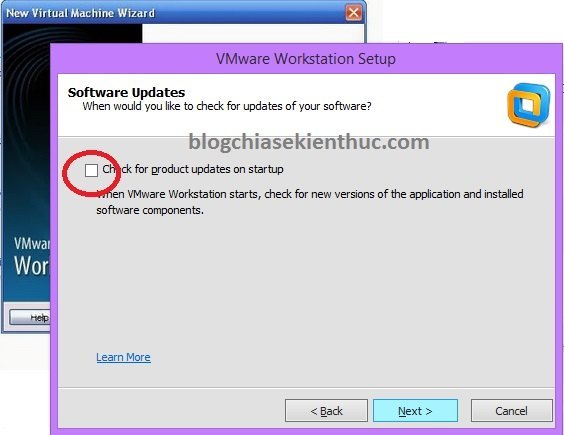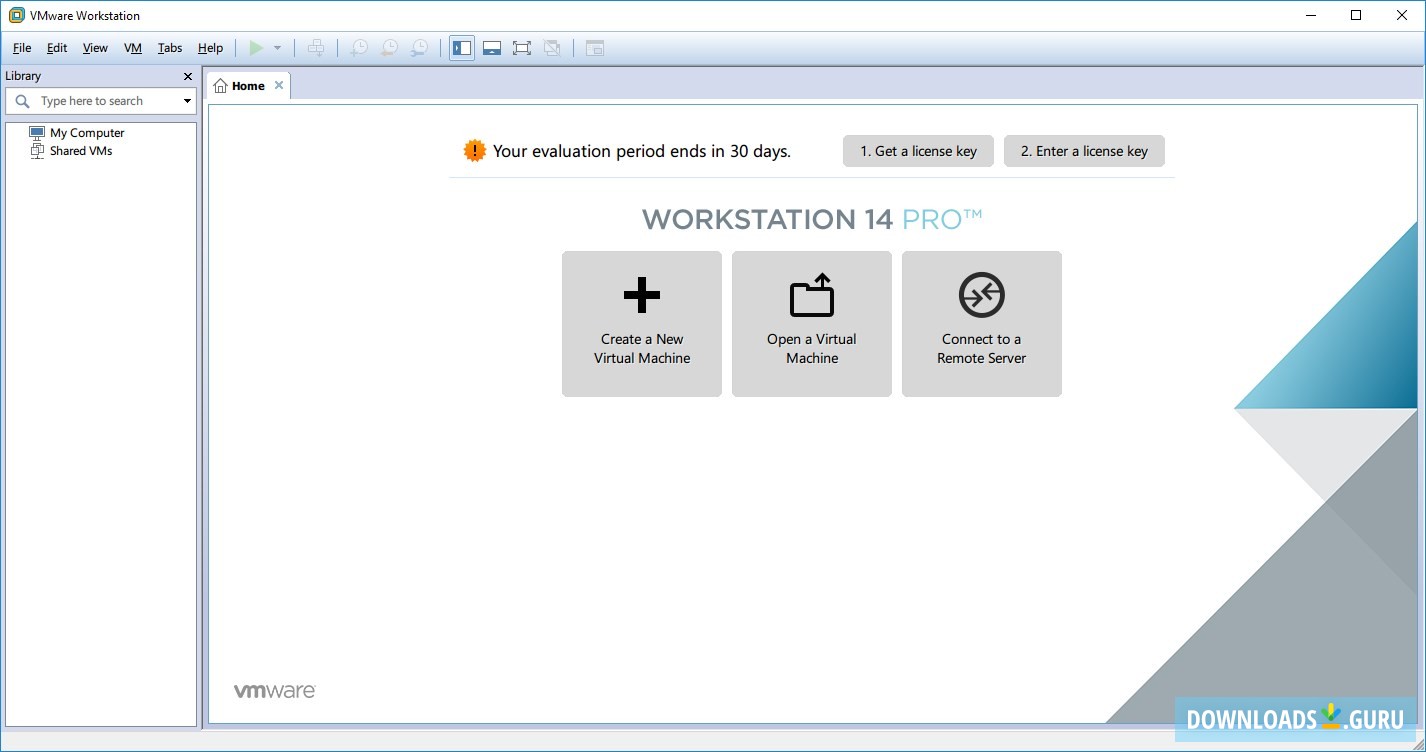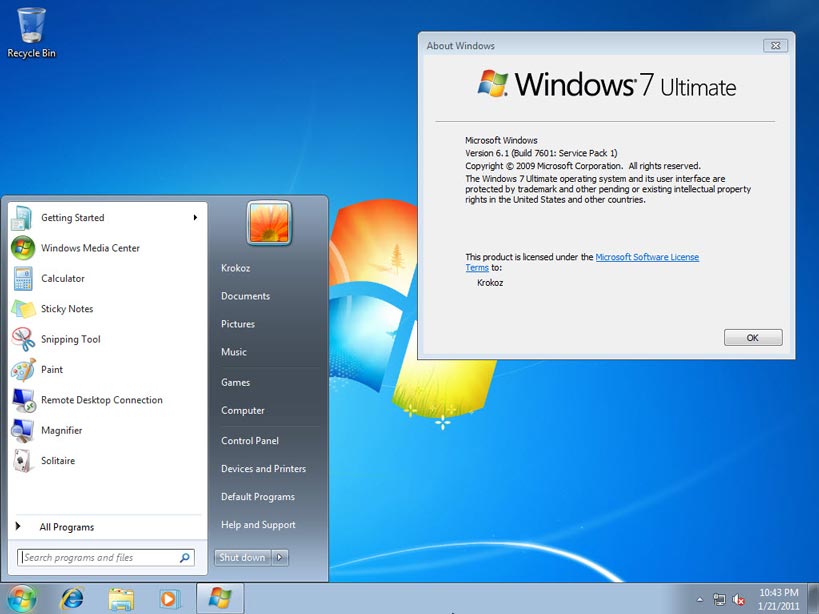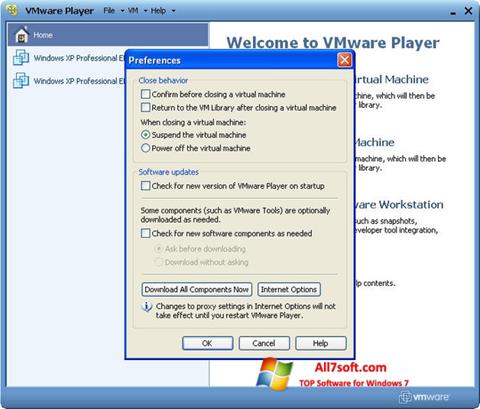


Leave the storage location of the disk file in the default location and click Next without changing the name of the disk file.Īt the final stage of creating the virtual machine, click the Customize Hardware button.Ĭlick on the processor hardware in the virtual machine settings, and then tick the Virtualize Intel VT-x/EPT or AMD-V/RVI, Virtualize CPU Performance Counters and Virtualize IOMMU (IO Memory Management Unit) options.Ĭlick the CD/DVD device and click the Browse button to add the ISO file to the virtual machine to set up Windows 7.

However, depending on the work you will do, determine the disk size and select the Store virtual disk as a single file option. Check the Create a new virtual disk option and click the Next button to continue.Ī disk size of 50 GB will be sufficient for a Windows 7 virtual machine. You need to create a new virtual disk for the virtual machine. In the I/O Controller types window, check LSI Logic SAS (Recommended) and click Next.Ĭheck SATA in the disk type window and click Next. Select NAT, which is selected by default in the Network Type window, and click the Next button. For example, you can configure 1 processor and 8 cores per processor for the virtual computer.Ĭonfigure the recommended or maximum memory size for your Windows 7 virtual computer, or specify half the size of RAM installed on your host here. You can set the number of processors or cores here, depending on your host’s processor hardware type and performance. In the Firmware Type window, select the BIOS commonly used for legacy systems and click Next. In this step, you can also store the virtual machine files on an external HDD, but if your host computer has an NVMe or SSD disk, we recommend that you install it on the existing drive. In the Virtual Machine Name window, specify a name for your virtual machine, and select the location where you want to store the virtual machine in the Location section. In the Guest operating system selection window, first tick Microsoft Windows, and then select Windows 7 圆4 from the Version section and click the Next button. To add the ISO file to the virtual machine later and start the installation later, check I will install the operating system later and click Next. In this step, when you add the Windows 7 ISO file to the virtual machine, other settings will be automatically selected by the virtualization program, and you will also be able to configure fields such as license key or username.

In the VMware Hardware Compatibility window, select the latest version (Workstation 17.x) and then click the Next button. In this window, select the Custom (Advanced) option to make more stable settings and click the Next button. Next, the New Virtual Machine Wizard window will open. Open VMware Workstation 17 Pro and click Create a New Virtual Machine to create a new virtual computer.


 0 kommentar(er)
0 kommentar(er)
